“Little Ipswich”, Syosset, Long Island, New York
Artist/Designer:
Ruby Ross Wood
Project Location:
New York, United States
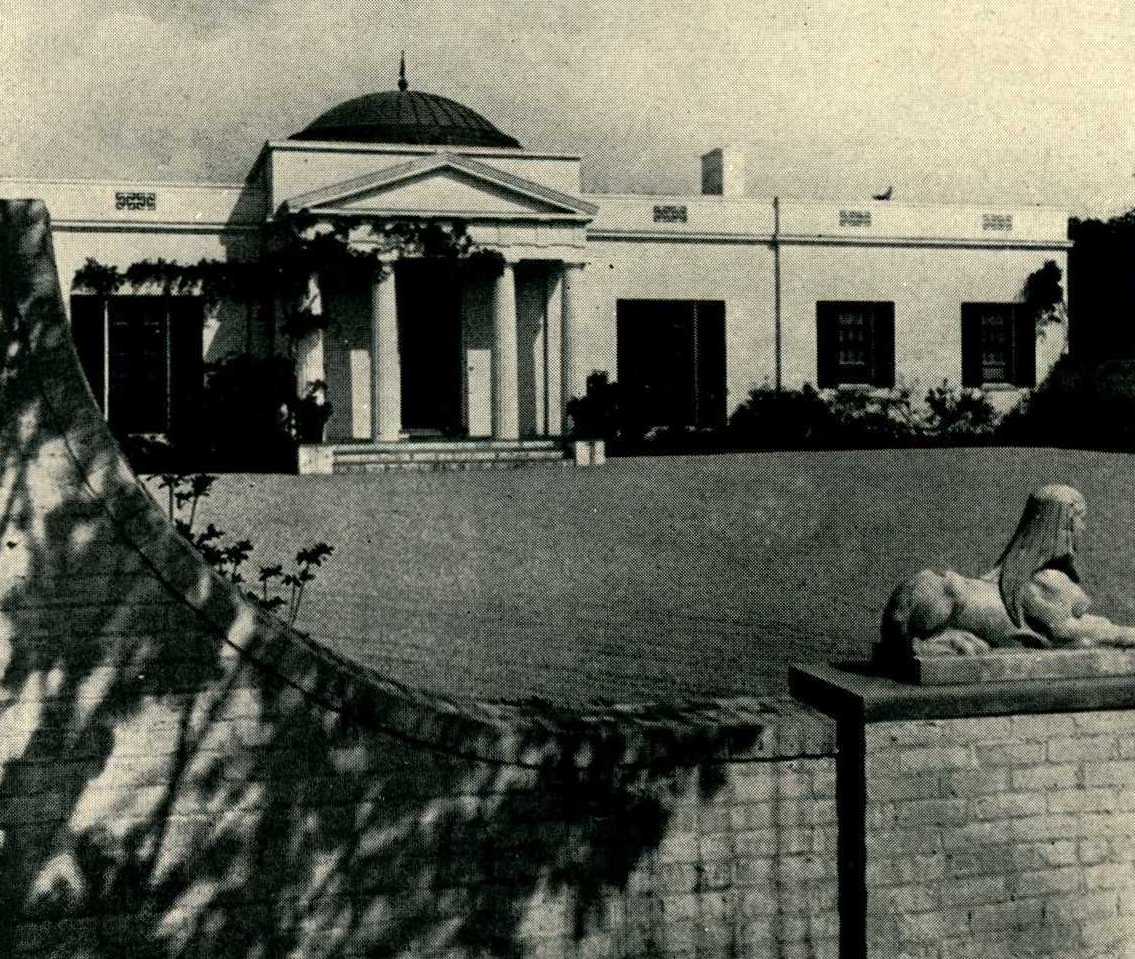
Figure 1: "Surrounded by wide lawns, the one-story house is built of brick, painted white. A wall encloses the terrace at the front, and the entrance is guarded by Egyptian sphinxes. A wide frieze, broken by Greek designs, runs along the top of the house, and a high dome, reminiscent of an early Roman temple, rises about the building. It is topped by a metal swan, a motif which is repeated on the ceiling of the interior. The landscaping is in keeping with the simplicity of the house, and low shrubbery forms a line along the building and its surrounding wall." --from The Magazine Antiques, March 1943 issue. The house was designed by pre-eminent architects, Delano and Aldrich.
(
Photographer: The Magazine Antiques, March 1943 issue. Photograph by Drix Duryea. )
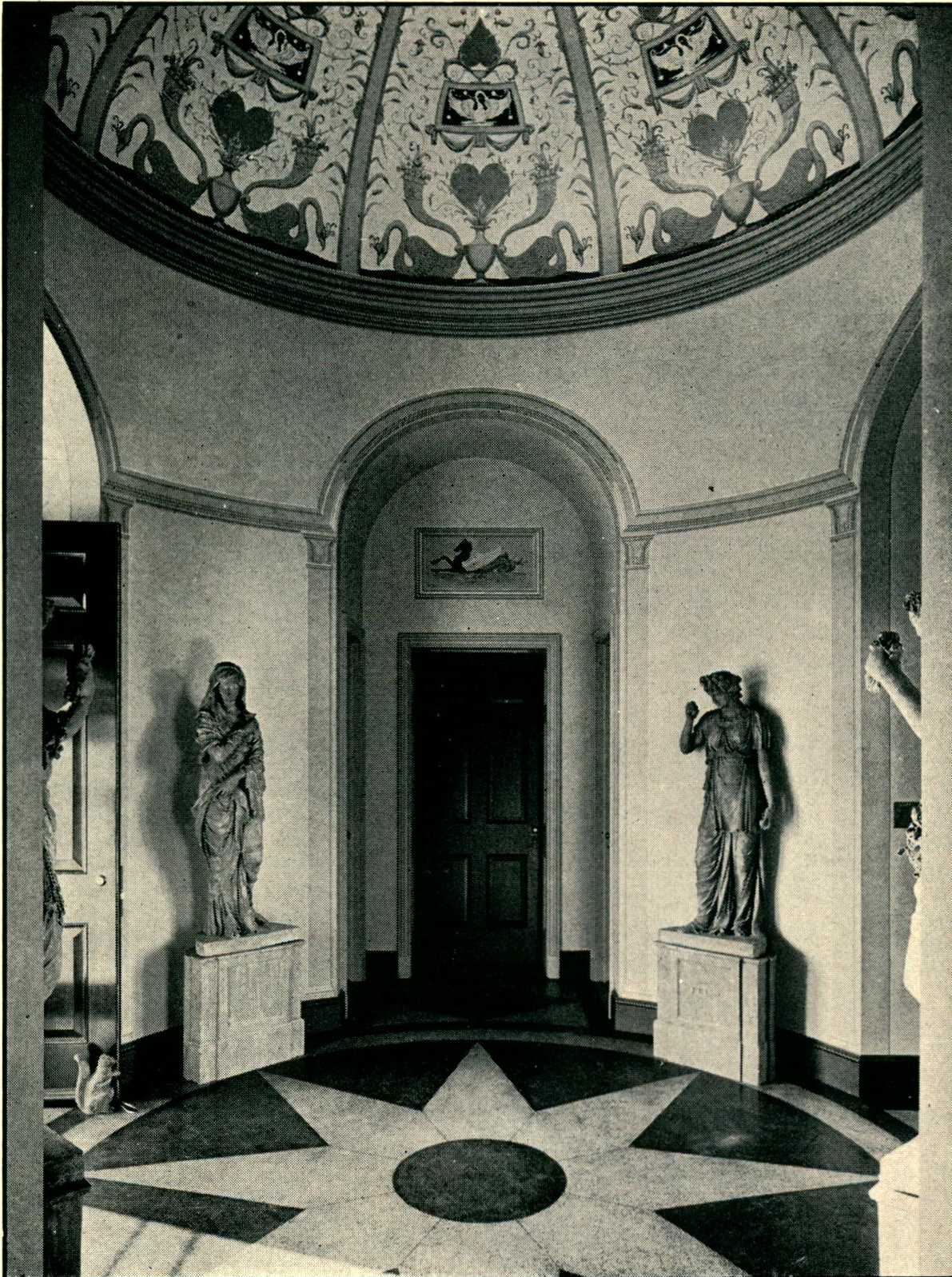
Figure 2: The entry hall of "Little Ipswich." "This part of the house is directly under the dome, and is laid out with the symmetrical precision reminiscent of the classic period. The ceiling is painted in white and shades of terra cotta, each panel repeating the swan design. It was inspired by one in the palace of Isabella d'Este at Mantua. The white walls, following the style popular during the Regency period, are painted to simulate pillars and architectural detail. The black-and-white marble floor forms a pattern in the shape of a star. Around the room, in the spaces left by the two sets of opposing doorways, are statues representing the four seasons. They are original terra cotta figures made by Coade of London, and date about 1791."--from The Magazine Antiques, March 1943 issue.
(
Photographer: The Magazine Antiques, March 1943, issue, photography by Drix Duryea )
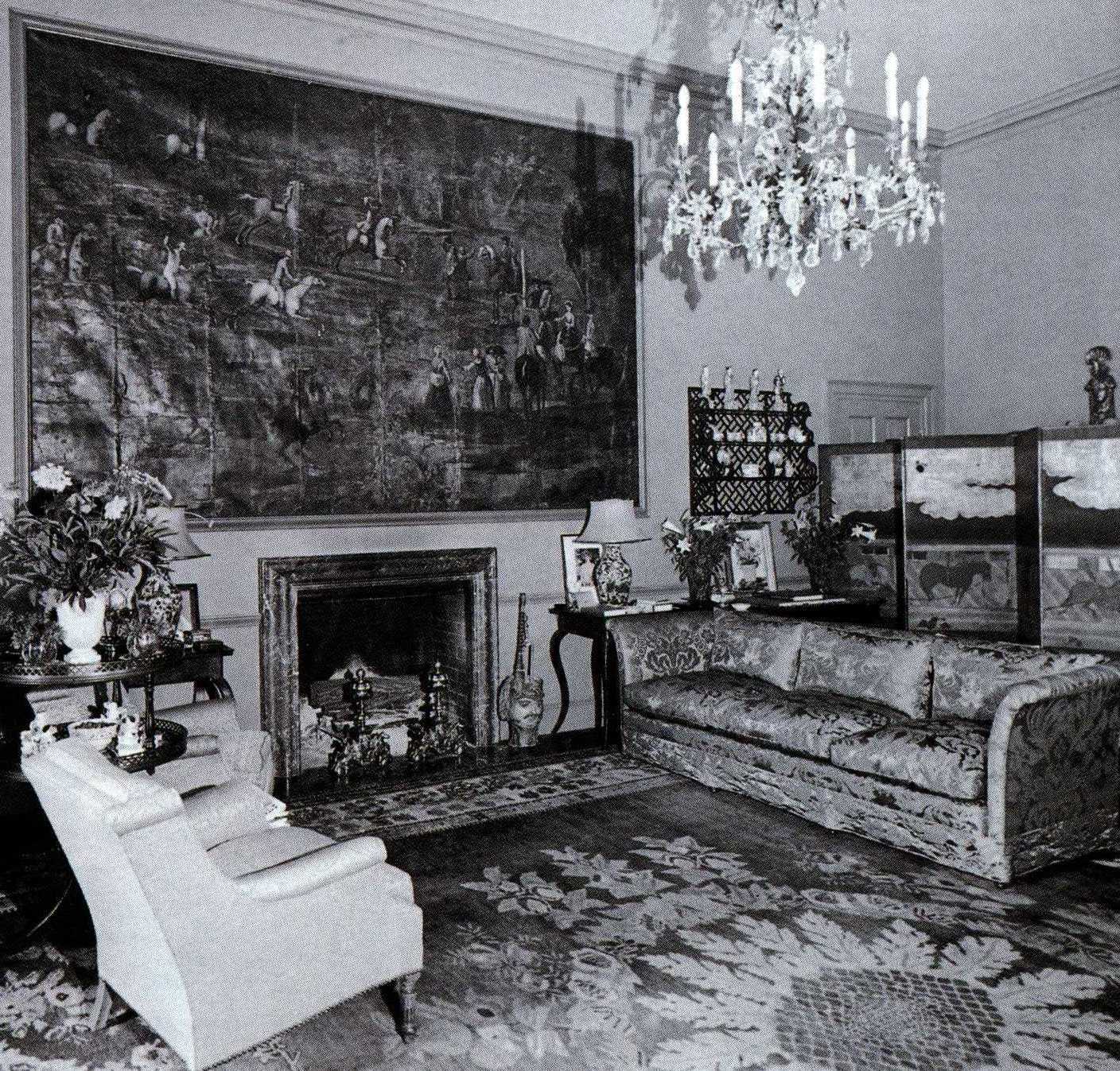
Figure 3: "The Living Room of Wood's Long Island house in the 1930s and 1940s was dominated by painted leather panels that underscored the room's rich tones."---Mitchell Owens, Architectural Digest, January 2000
(
Photographer: Architectural Digest, January 2000, page 235 )
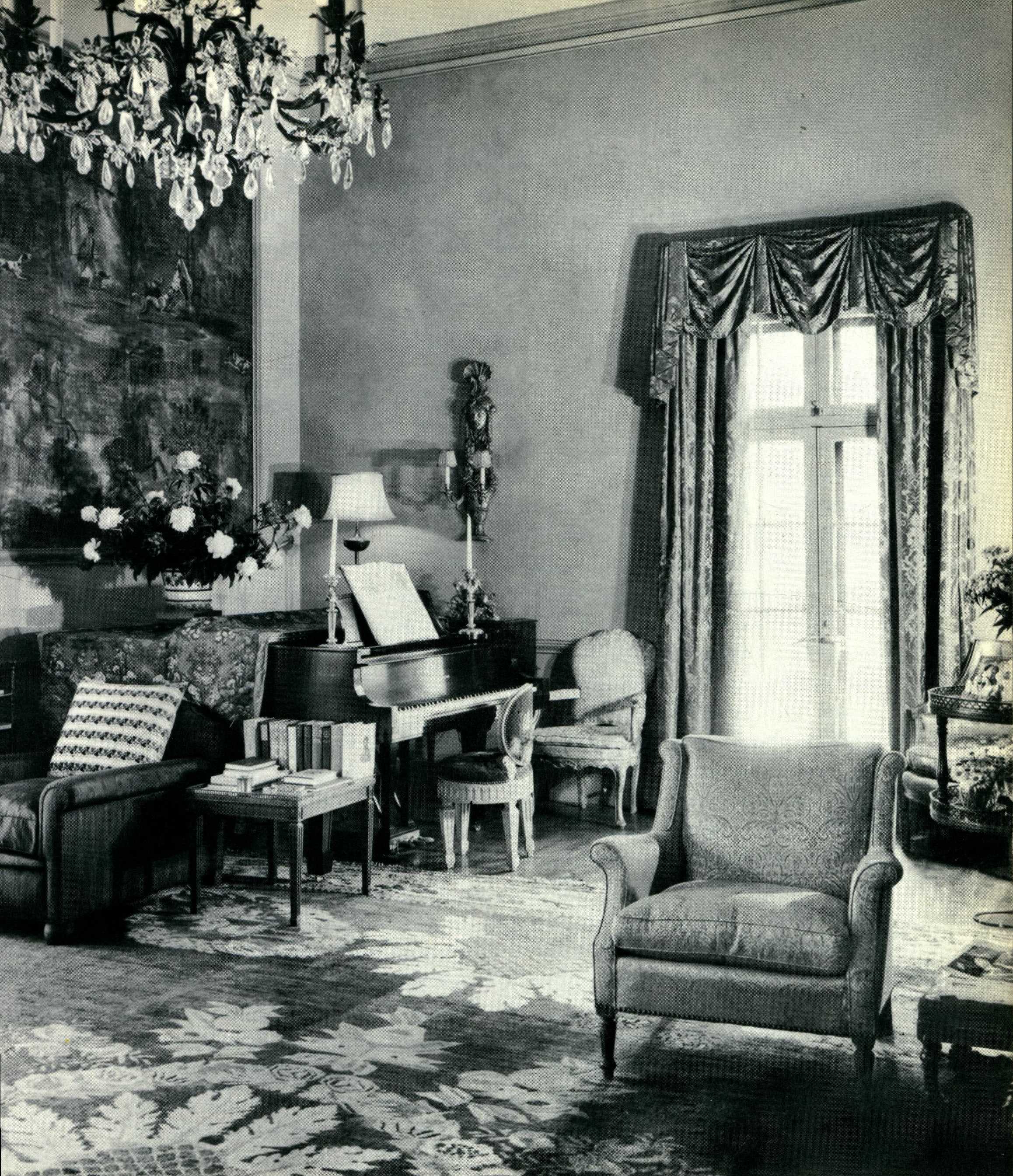
Figure 4: "The living room at Little Ipswich. Panel on left-hand wall was one of three in the room, all painted on leather by John Wootton."--from Billy Baldwin Remembers, page 47.
(
Photographer: Billy Baldwin Remembers by Billy Baldwin, page 47 )
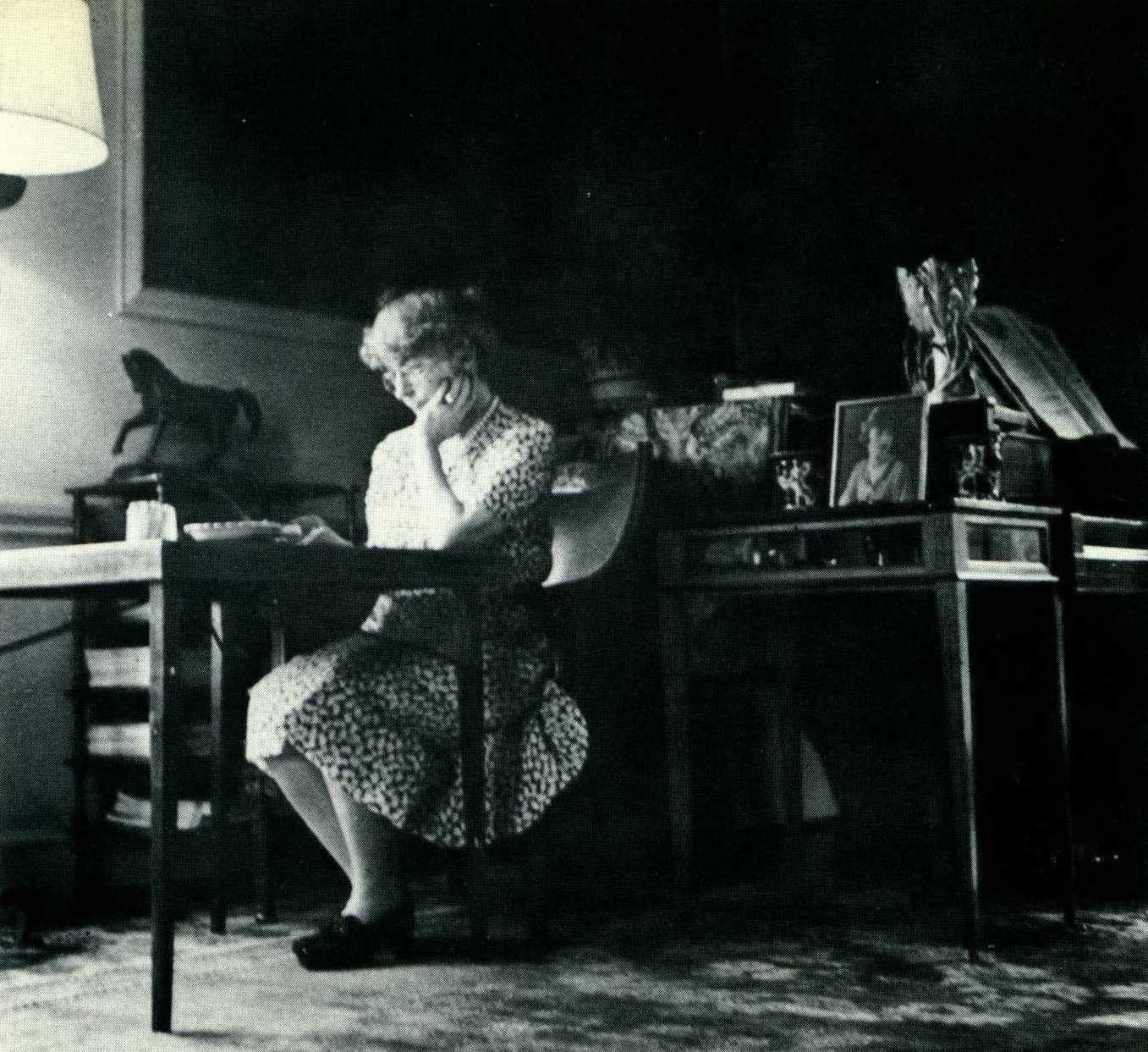
Figure 5: "Mrs. Wood fully engrossed at her solitaire table" in the living room of Little Ipswich.--from Billy Baldwin Remembers, page 37.
(
Photographer: Billy Baldwin Remembers, page 37. )
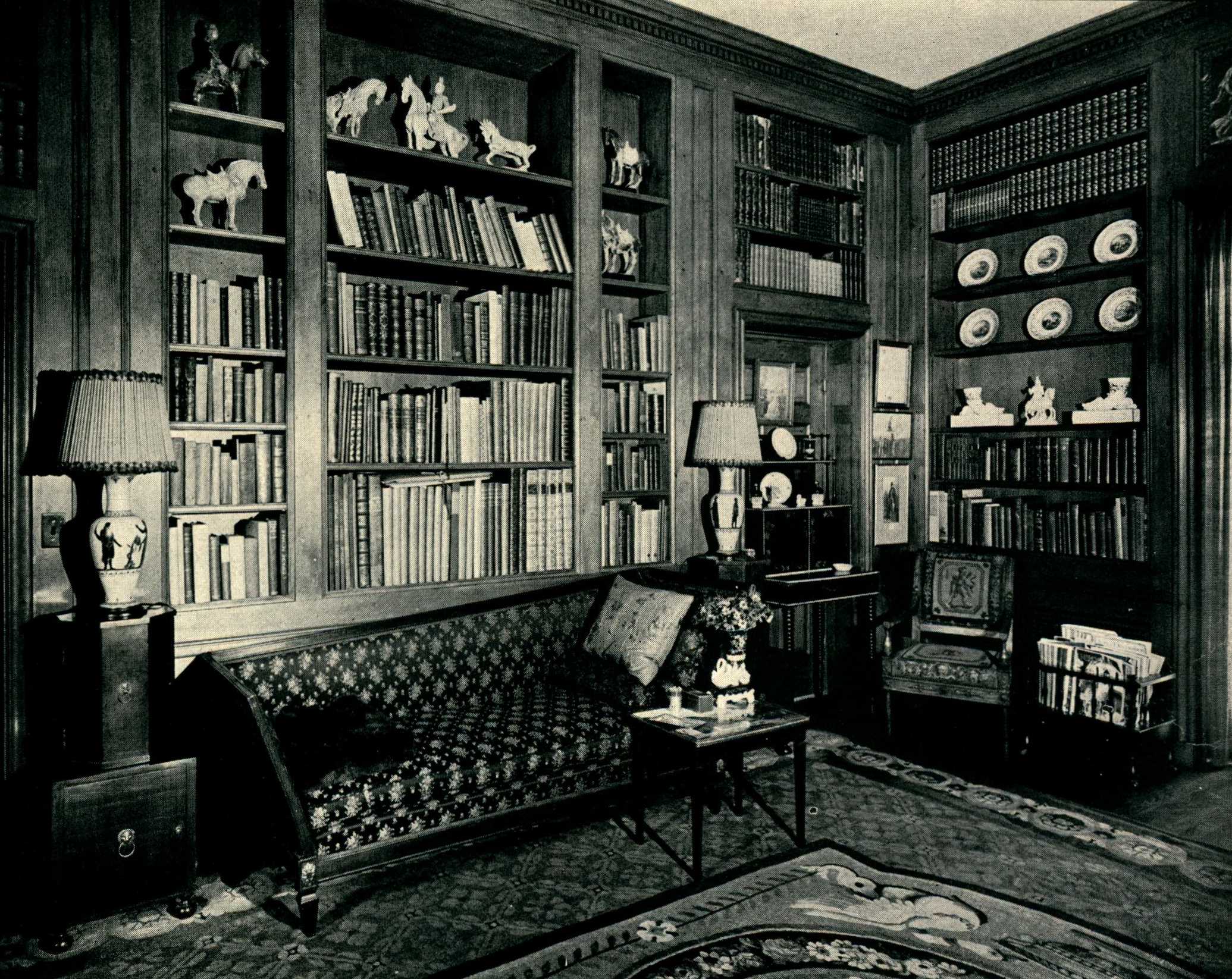
Figure 6: "The walls, paneled to the ceiling, are delicately carved and lined with wide shelves which display, amid rich book bindings, Mrs. Wood's collection of Chinese figurines and old porcelain. In the furniture no single country is represented. The sofa is of the style sometimes called meridienne. It is covered in rich maroon brocade with contrasting satin and velvet pillows. At the right is a French Directoire chair of about 1790. The wood is carved simply, and the chair is upholstered in old tapestry in tones of light beige and soft tan. Beside it in the niche in the wall is a dark lacquered cabinet. The lamp stands at each end of the sofa are simple Italian cabinets of dark wood, decorated with brass lions' heads. The designs on the lamp bases, in the classic mood, are figures in formal poses. The Aubusson carpet, one of several magnificent examples in Mrs. Wood's collection, repeats the maroons and tans of the upholstery on the furniture. Here again is the swan motif found throughout the house."--from The Magazine Antiques, March 1943.
(
Photographer: The Magazine Antiques, March, 1943, issue, photograph by Drix Duryea )
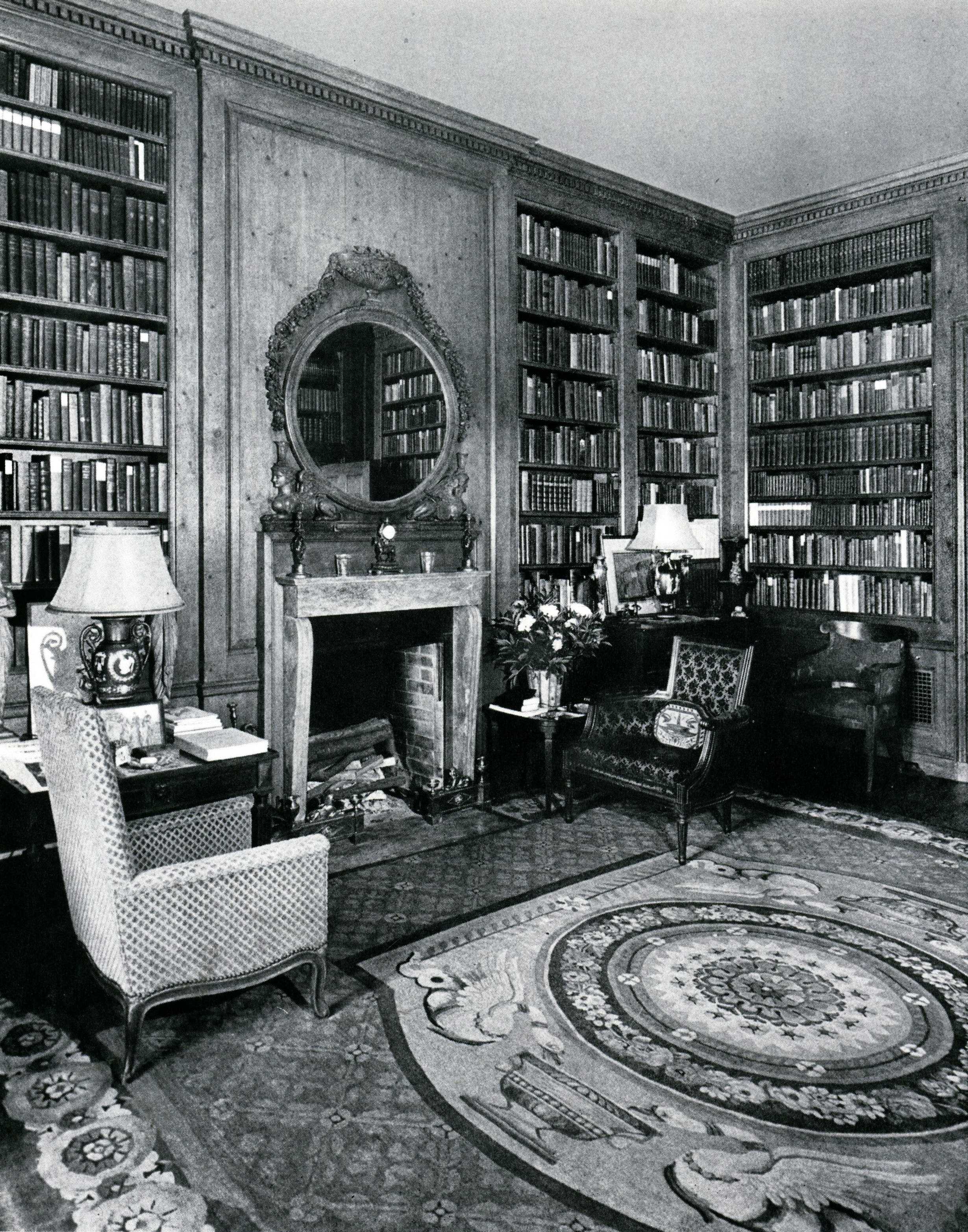
Figure 7: Library, "Little Ipswich," residence of Mr. and Mrs. Chalmers Wood, Syosset, Long Island, New York. Photograph by Drix Duryea/Conde Nast Archive
(
Photographer: The Lady Decorators by Adam Lewis, page 66 )
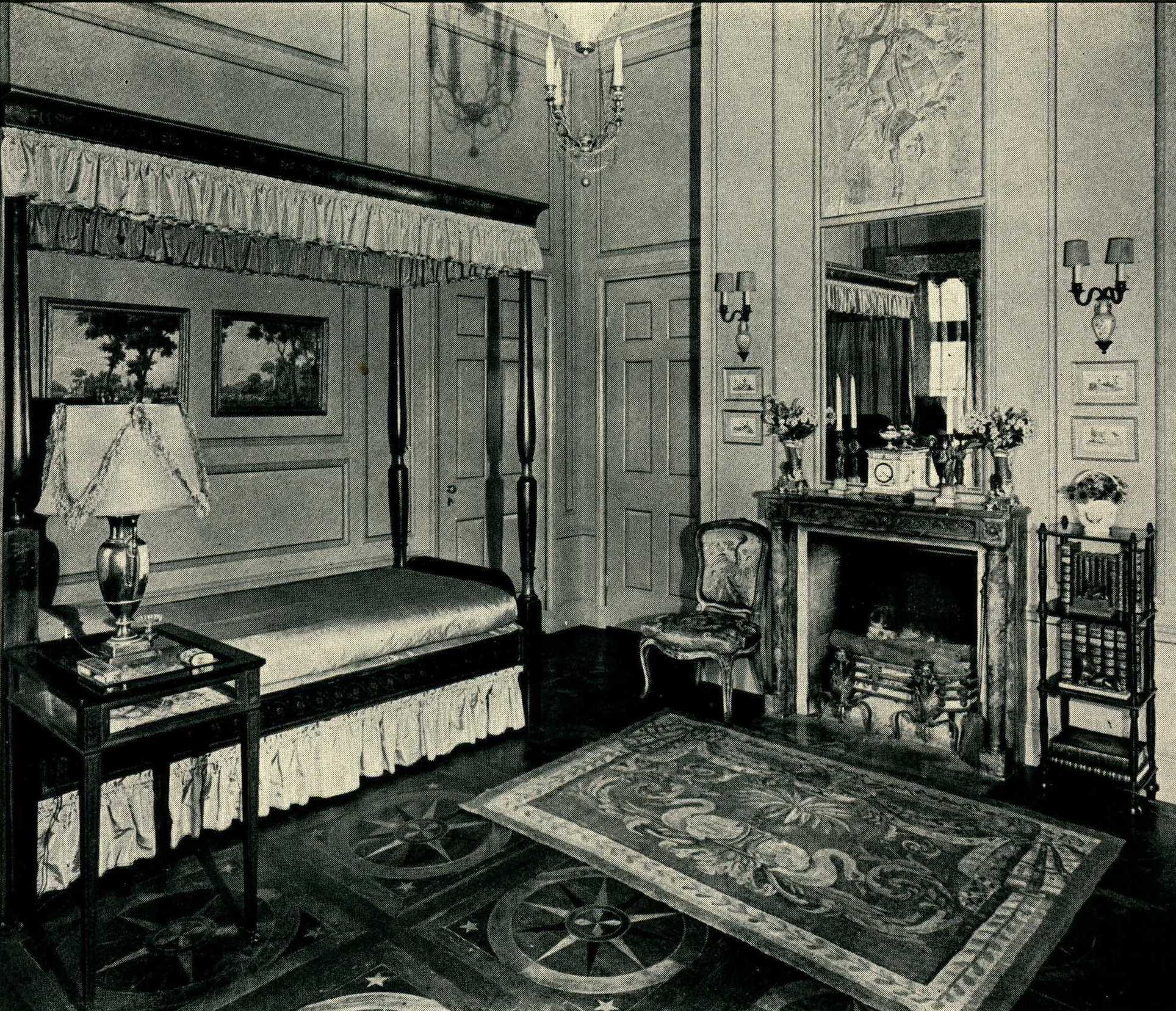
Figure 8: "English furniture is predominant in Mrs. Wood's bedroom. The bed is a Sheraton piece (c. 1800), painted dark-green with a design in pale green and tans. The taffeta bed hangings are the same shade of gray green as the painted walls. Beside the bed is an English satinwood stand of the same period, inlaid with lighter woods. The bookstand on one side of the fireplace is mahogany. On the other side is a Louis XV chair of earlier period than most of the furnishings, upholstered in brightly figured satin. Over the marble mantelpiece is a Louis XVI panel of carved wood, picturing trophy boxes and bales. The oak floor, removed from a French manor, is of the Directoire period, and is inlaid in geometric designs with white olive wood and ebony. The small carpet before the fireplace is an Aubusson in soft pastels, patterned with swans and scrolls."--from The Magazine Antiques, March 1943.
(
Photographer: The Magazine Antiques, March, 1943 issue. Photo by Drix Duryea )
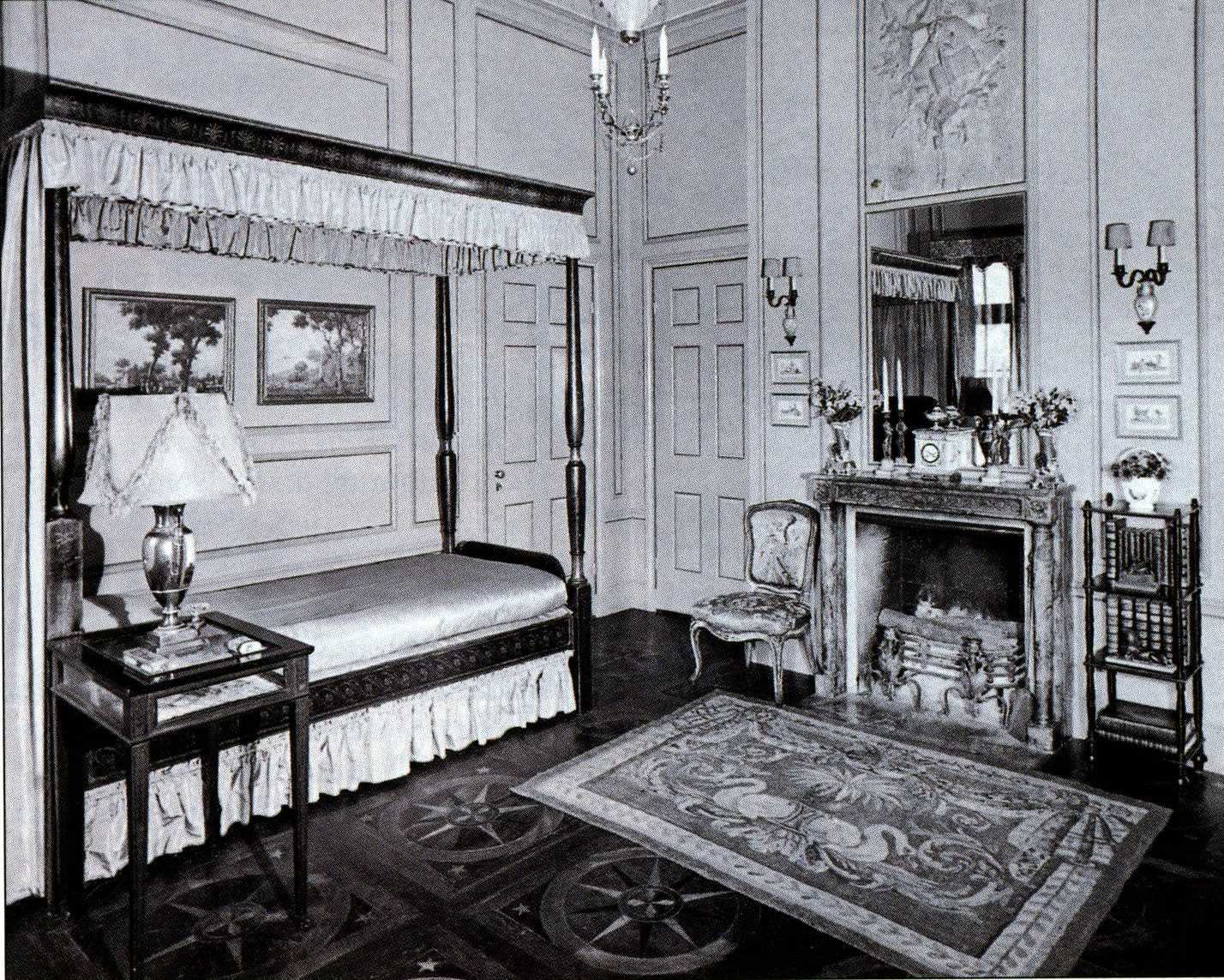
Figure 9: "High ceilings in her (Ruby Ross Wood) bedroom let her create a trumeau effect by placing a mirror and a relief panel over the fireplace."---Mitchell Owens, Architectural Digest, January 2000
(
Photographer: Architectural Digest, January 2000 )
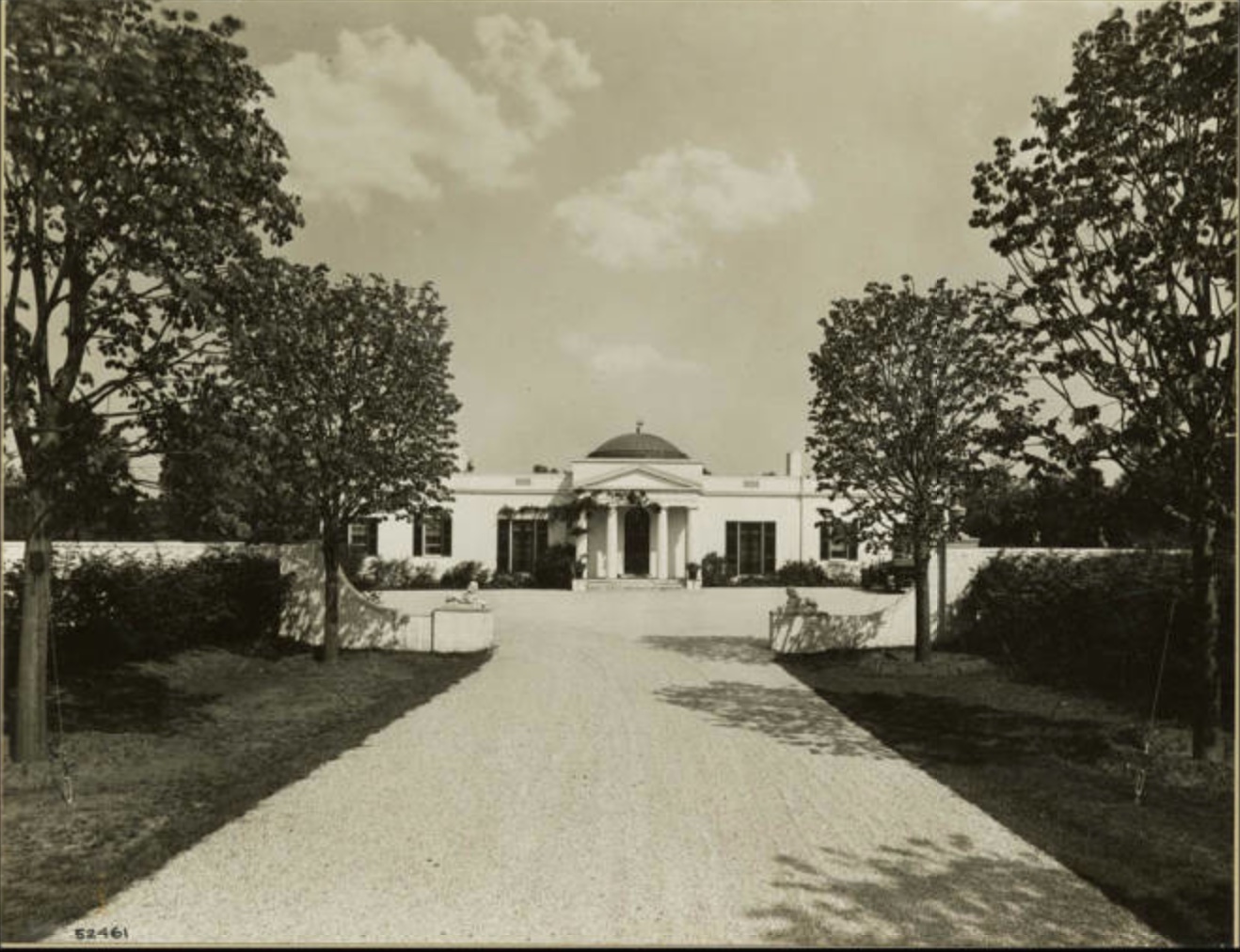
Figure 10: The exterior of "Little Ipswich", the home designed by Delano and Aldrich for Ruby Ross Wood and Chalmers Wood.
(
Source
| Accessed : October 28, 2017 )

Figure 11: The exterior of "Little Ipswich" in the 1990s before demolition.
(
Source
)
Style/Period(s):
Classical Revival, Revival Styles
Primary Material(s):
Fabric, Wood, Wall Paper
Function(s):
Residential Structure
Related Website(s):
Significant Date(s):
1930-1939, 20th Century
Additional Information:
Baldwin, Billy. Billy Baldwin Remembers (New York: Harcourt Brace Jovanovich, 1974).
Green, Robert L. "The Legendary Ruby Ross Wood", Architectural Digest, October, 1979. 34-42.
Lewis, Adam. "Ruby Ross Wood." In The Great Lady Decorators: The Women Who Defined Interior Design, 1870-1955, 52-69. New York: Rizzoli, 2009.
Owens, Mitchell. "Ruby Ross Wood: An Idiosyncratic Eye That Brought New Verve to American Interiors." Architectural Digest 57, no. 1 (January 2000): 232-37.
Smith, C. Ray. Interior Design in 20th-Century America: A History. New York: Harper & Row, 1987.
"Antiques in American Homes: The Home of Mr. and Mrs. Chalmers Wood", The Magazine Antiques, March 1943 issue.
Building Address: (now demolished), originally on 43 acres on Syosset-Woodbury Road, Long Island, New York.
Significant Dates: Construction began in 1928, house demolished in the 1990s.
Notes: Ruby Ross Wood and her husband Chalmers Wood's personal house, designed by the architects Delano and Aldrich










